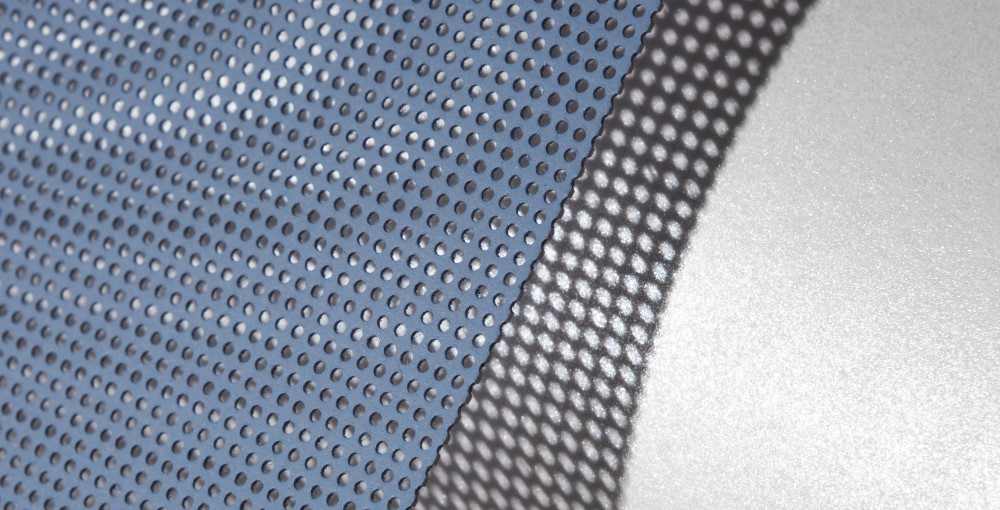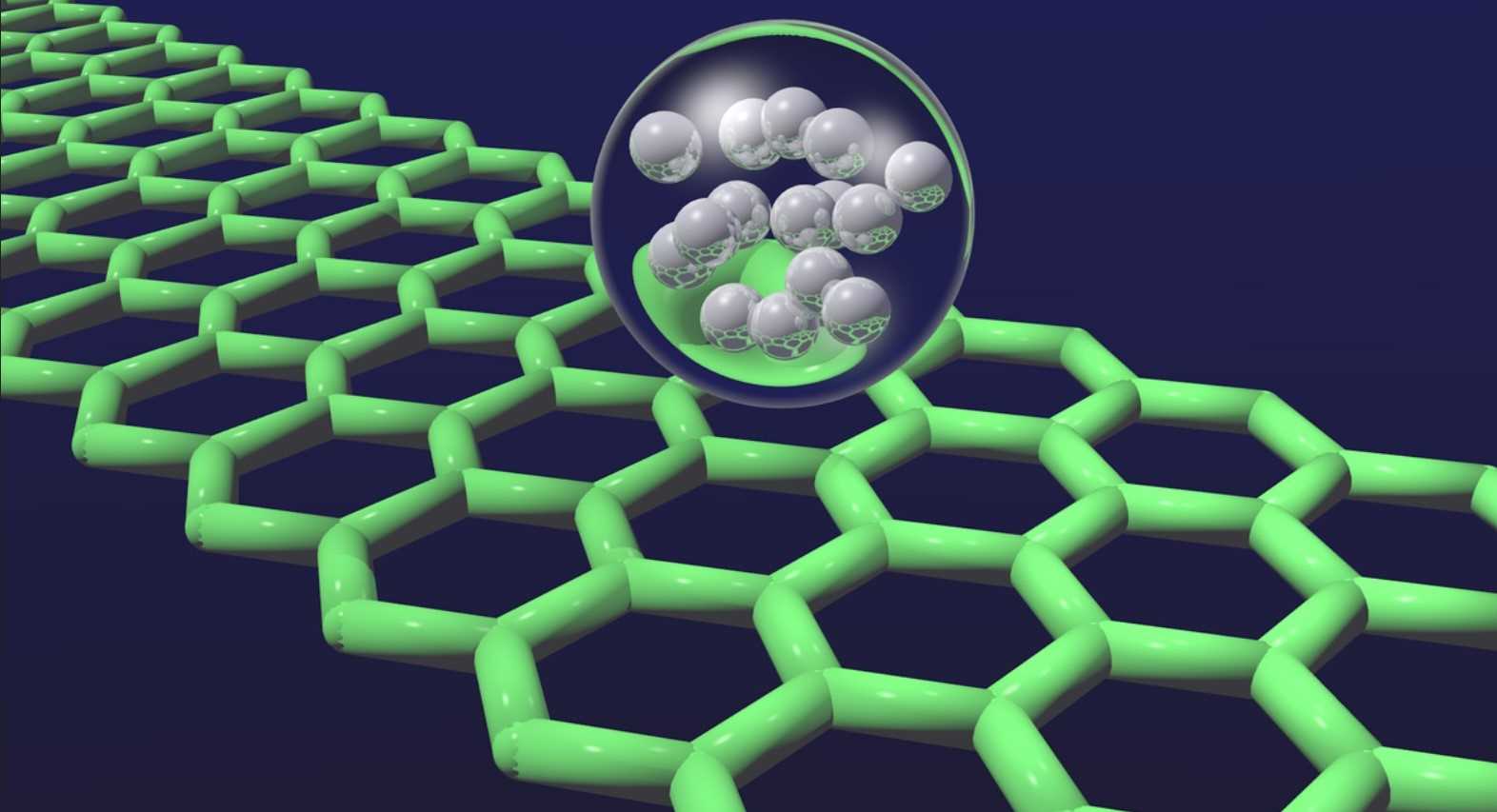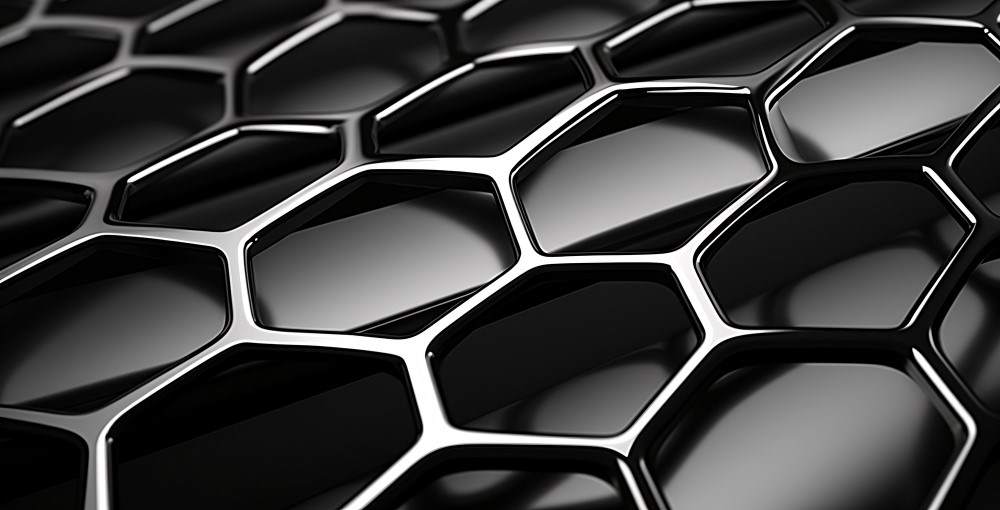DIY Nanomaterial-Based Body Armour
One man’s homemade experiments with applying nanotechnology to personal body armour.

In a world where science fiction is rapidly turning into science fact, the possibilities of nanotechnology seem almost limitless. While most breakthroughs in this field are born in high-tech laboratories funded by governments or large corporations, one man recently decided to harness the power of nanomaterials in personal body armour for himself.
The journey began with when the retired professional was able to buy some nanofibre mats online and started experimenting to see how much protection he could get an off-the-shelf product to produce. His research involved layering the nanofibre, combining it with other materials, and just generally trying out different approaches.
He then tested each of his samples, as he describes, “I set up a little target practice area in my backyard. Started with small things, like, throwing darts and stuff. Then I moved up to, well, let’s just say more forceful impacts. I wanted to see how this homemade nano-armor held up.”

The results were impressive. As he notes, “Honestly, it was tougher than I expected. Stuff that would normally rip through regular material just bounced off or got stuck. I even tried comparing it to steel plates, and this nano stuff was holding its own. It’s crazy to think that something so thin could be so strong.”
Of course, while experiments in the garage are not the ideal way to progress the science of ballistics and how nanomaterials can protect soldiers or bomb disposal experts, the author of the project was certainly on to something.
This is because, the evolution of body armour has always been driven by the need for stronger, lighter, and more flexible protection. Traditional armour, while effective, often sacrifices mobility and comfort for strength.
Nanotechnology, however, has become a game-changer in this field, as it allows for the creation of advanced materials with extraordinary properties at the molecular level. By integrating nanomaterials with polymers and ceramics, modern body armour is pushing the boundaries of what’s possible—combining extreme strength with lightweight flexibility.

Here are just some of the many ways in which nanomaterials are being used to improve modern body armour:
Carbon Nanotubes (CNTs)
- Properties: CNTs are 100 times stronger than steel but five times lighter. They also have impressive flexibility and high thermal conductivity.
- Application: Integrated into polymer matrices, CNTs create lightweight, flexible armour that can disperse the energy of ballistic impacts more efficiently than standard materials.
- Result: Armour with improved tensile strength and resistance to penetration, without adding significant weight or sacrificing mobility.
Graphene
- Properties: Graphene is a single layer of carbon atoms arranged in a hexagonal lattice, known for being one of the strongest and thinnest materials on Earth.
- Application: Used in thin, layered composites, graphene enhances both the strength and fracture resistance of ceramics and polymers.
- Result: Body armour that’s ultralight but capable of withstanding extreme force, making it ideal for personal protective gear.

Nanoceramics
- Properties: Traditional ceramics are strong but brittle. Nanoceramic particles, however, are tougher and can be embedded into polymer composites for improved impact resistance.
- Application: These composites maintain the hardness of ceramics while improving elasticity and reducing the risk of cracking under repeated impacts.
- Result: Multi-hit protection in armour plates that are thinner and lighter than conventional ceramic armour.
Shear-Thickening Fluids (STFs) with Nanoparticles
- Properties: STFs behave like a liquid under normal movement but instantly solidify upon impact. When infused with nanoparticles, they create a dynamic layer of protection.
- Application: Woven into fabrics or used as a coating on Kevlar, these fluids can significantly boost ballistic resistance without affecting flexibility.
- Result: Soft body armour that offers superior protection against stabs and high-velocity impacts.
But more than just providing modern body armour with decent raw materials, using nanotechnology often combines multiple materials to optimize performance:
- Polymer Matrix Composites: These composites use a polymer base (like ultra-high molecular weight polyethylene) reinforced with carbon nanotubes or graphene, resulting in an incredibly strong, lightweight material.
- Ceramic Nanoparticle Coatings: Applied to ballistic plates, these coatings enhance hardness and reduce brittleness, allowing for thinner and more ergonomic designs.
- Layered Structures: Inspired by natural materials like nacre (mother of pearl), layered nanocomposites distribute energy efficiently across the surface, improving toughness and multi-hit performance.
The potential for using nanomaterials in body armour is still expanding. Future developments may include self-healing materials, adaptive armour that changes properties in response to threats, or armour with built-in sensors to aid warrior or command decision making.
While industry is already seeing practical applications for nanotechnology in coatings, electronics, pharmaceuticals, and industrial polymers, the true frontier lies in what innovators can achieve by pushing these boundaries even further – even if they are doing so from their own backyard.

